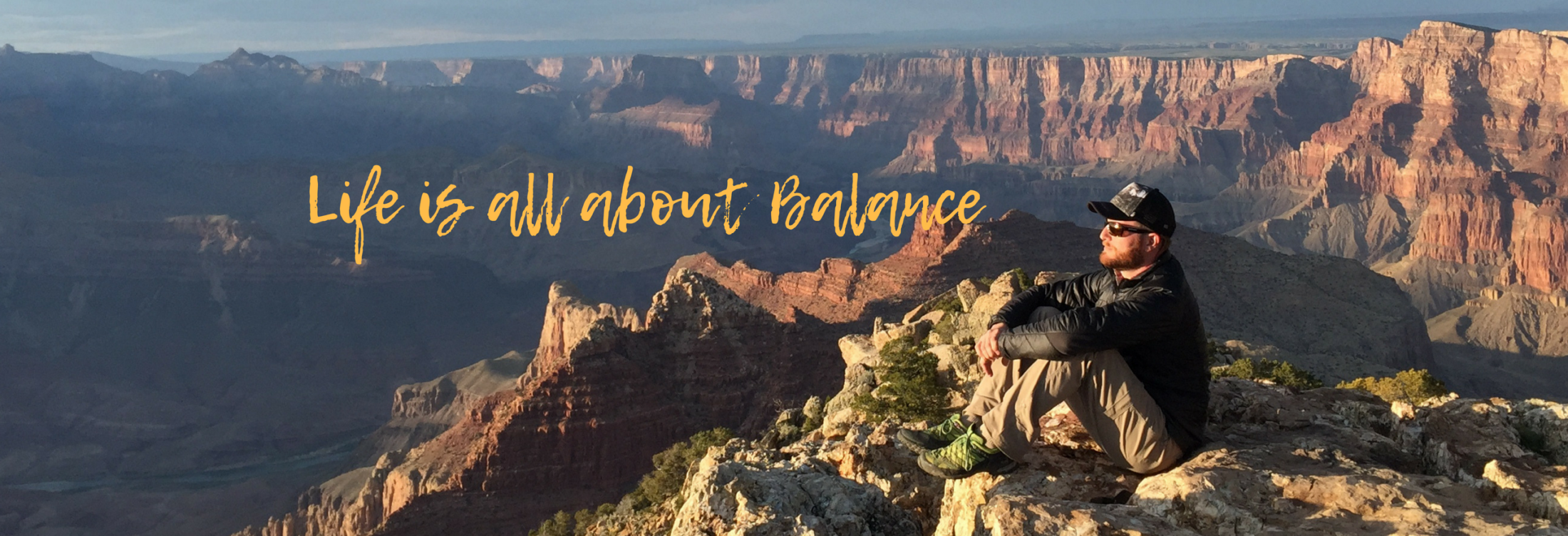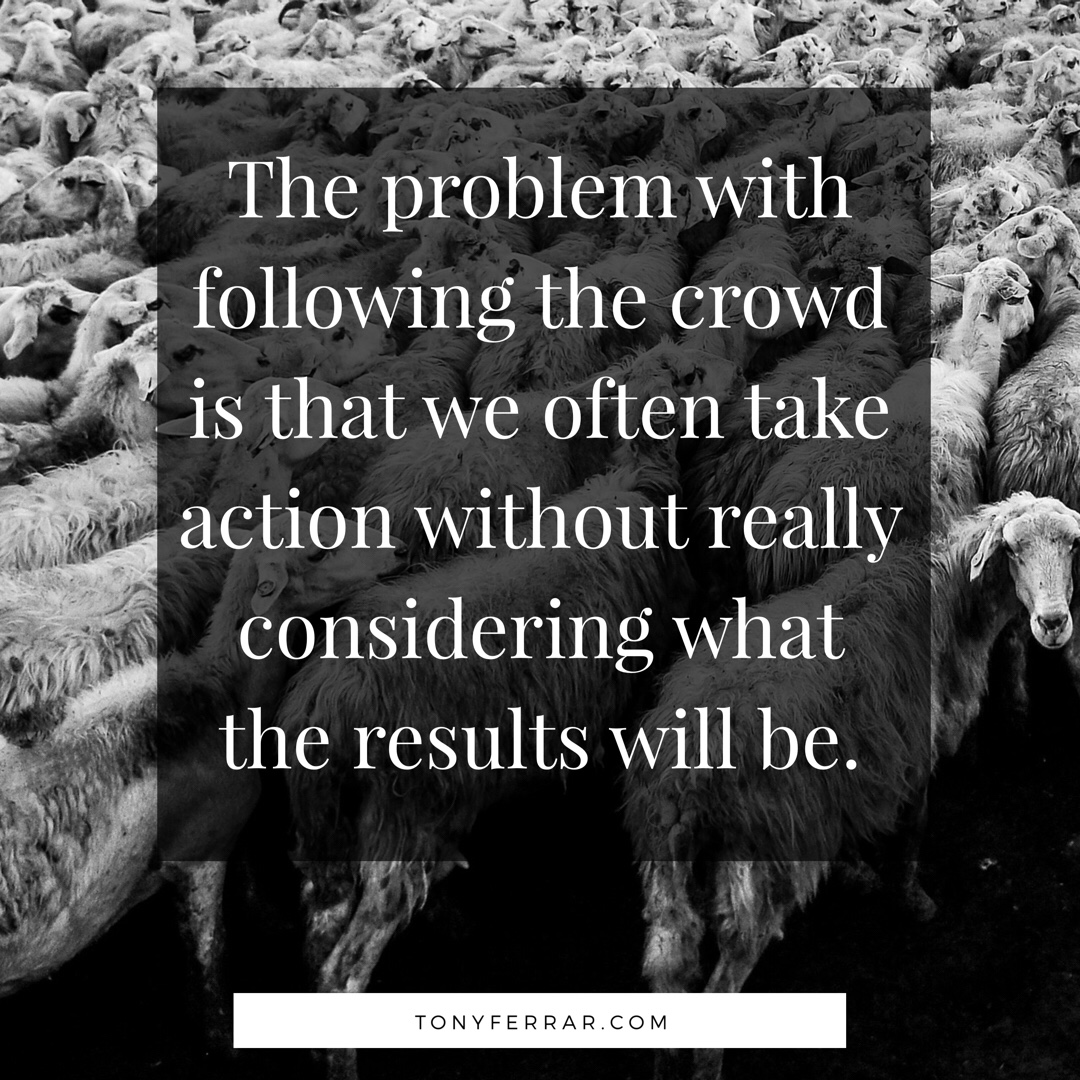Listen carefully to most political arguments and you’ll hear two trains of thought intertwined: “what could be” and “what should be.” When we confuse them, these two angles can suck us into a vortex. When we keep them clear – that’s the foundation of intentional living.

“I did it on purpose”
I am obsessed with challenging the status quo, with asking if conventional wisdom is actually wise. The “normal” path is driven by momentum, not by careful consideration. If you’re doing things because it’s “just what people do,” or “the right path,” then you’re riding that momentum. The only place it leads is the realization of someone else’s goals.
Intentionality is Reverse-Engineering the Life You Want
When you take action, it leads to results. The problem with following the crowd is that we often take action without really considering what those results will be. We just think, “well everyone says this is what to do, so I’ll do it.” Intentional living, on the other hand, starts with the goal and then asks “what actions will lead to this result?”
Beware Unintended Consequences
I’m reading a book on economics (join the club here). I love economics because it works like physics – in a given system, a given cause leads to a given effect. Much like physics, our ability to predict the effect of an action depends heavily on the quality and quantity of our information regarding the system (this is why we can predict with reasonable certainty that a building will stand for centuries, but can’t be sure whether it’s going to rain next Tuesday).
Most political and ideological arguments arise because we can’t predict outcomes well. Most issues arise when we take actions without considering the results carefully.
How to make a decision
When faced with a choice, take two distinct phases. First, consider the possible actions you can take and what their outcomes are likely to be (What Could Be). Of course we can’t see all, but we can make our best estimates. Second, choose the action whose results most clearly align with your goals and ideals (What Should Be).
As you act, you’ll see the results unfold. These measurements along the way let you make course corrections as needed.
At the end of the day, I’m not very concerned with whether you do the “right thing.” I want you to be able to look back and say “I did that on purpose.” If it leads where you thought it would, great. If not, that’s ok – you learned and can adjust.


